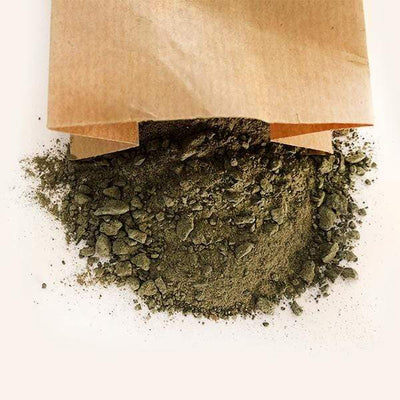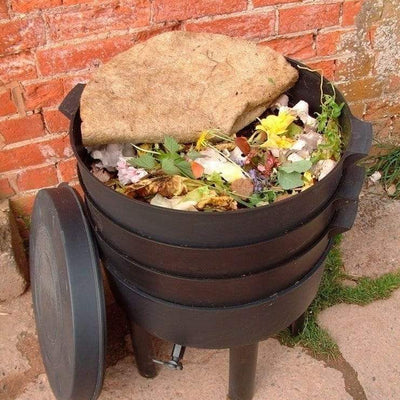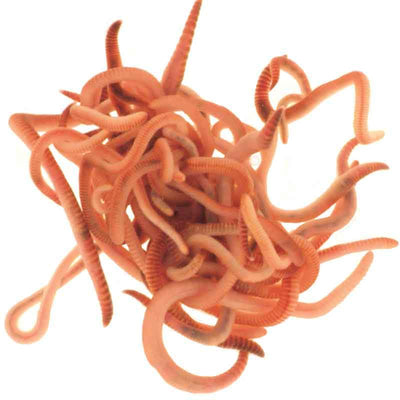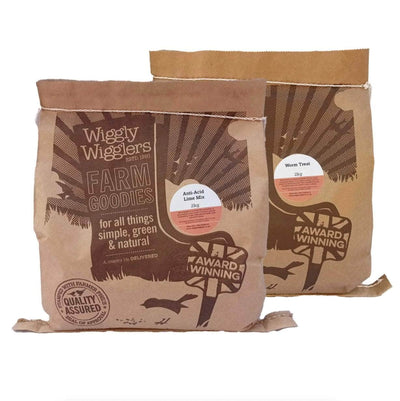In today’s World we all know how important it is to find sustainable alternatives to plastic. In fact it has become a significant priority. Even seemingly small choices, such as packaging options, can make a significant impact on our planet and we just couldn’t continue to justify the amount of plastic tubs we were sending out week after week to deliver our LIVE mealworms. It’s true we accepted back tubs to re-use but we only received a fraction of what was sent out – and even with those the added postage costs just didn’t make sense.
So, with lots of trepidation we have made the move over to all paper bags… Yes we warned our customers over a period of two months that this was going to happen (in case they also wanted to keep their tubs to decant the worms into when they arrive..) Anyway, we understand it’s a bit of a shame and it hasn’t gone without it’s challenges.

Here’s why we’ve done it:
Advantages of Paper Bags
1. Reduced Environmental Impact: Paper bags are biodegradable and compostable, making them a sustainable packaging option. Unlike plastic, paper can be easily composter or recycled and often comes from renewable resources such as trees, making it a more environmentally friendly choice.
2. Breathability and Moisture Control: Paper bags allow for better airflow, preventing moisture buildup that can lead to the growth of harmful bacteria or mould. This breathability is especially beneficial when transporting live mealworms, as it helps maintain their health and longevity.
3. Reduced Risk of Overheating: Compared to plastic containers, paper bags offer better heat dissipation. This characteristic is crucial when it comes to live mealworms, as excessive heat can be detrimental to their well-being. The breathable nature of paper bags helps regulate the internal temperature and prevents overheating.
To keep your worms in tip top condition in the bag there are a few things you need to do:
1: Keep them cool (a garage is a good option)
2: Keep the bag sealed (they can wiggle out of any holes…)
3: Keep them well fed - add scrunched up newspaper, wheat bran and carrots to the bag.

You may find it easier to decant your worms into a plastic tub.
Decanting Mealworms into a Plastic Tub
1. Gather Your Materials:

- Paper bag containing live mealworms
- Plastic tub or Tupperware with a lid
- Bran (optional)
- Extra paper or cardboard pieces
- Some carrot or potato
- Clean the plastic tub thoroughly with mild detergent and rinse it well.
- Create small holes in the lid or on the sides of the tub to allow for airflow. Ensure the holes are small enough to prevent the mealworms from escaping.
3. Add Bedding and Bran:
- Place a layer of bran at the bottom of the plastic tub. Bran serves as a nutritious food source and bedding material for the mealworms.
- Spread the bran evenly, creating a smooth surface for the mealworms to crawl on.
4. Transfer the Mealworms:
- Open the paper bag gently, taking care not to disturb the mealworms excessively.
- Slowly pour the mealworms onto the bran layer in the plastic tub.
- If desired, add extra paper or cardboard pieces for the mealworms to hide and crawl under, providing them with additional shelter.
5. Store and Maintain:
- Close the lid securely, ensuring the holes allow for proper ventilation.
- Keep the plastic tub in a cool and dry location, away from direct sunlight or extreme temperatures.
- Monitor the mealworms regularly, ensuring they have access to fresh food – they do particularly love a piece of carrot or a spud
We know it’s a change but we think it’s a positive to reduce the waste we all produce and the plastic which we know is causing such problems – hope you and your garden birds will agree.






